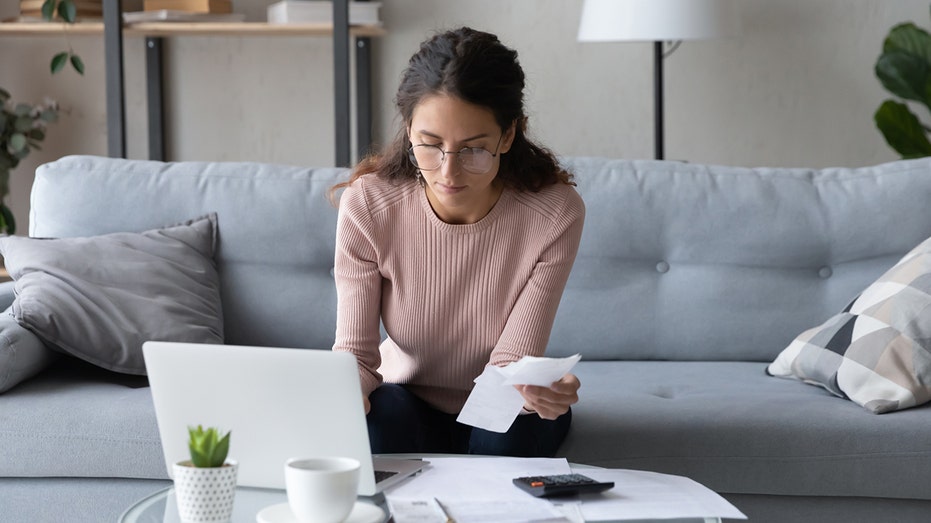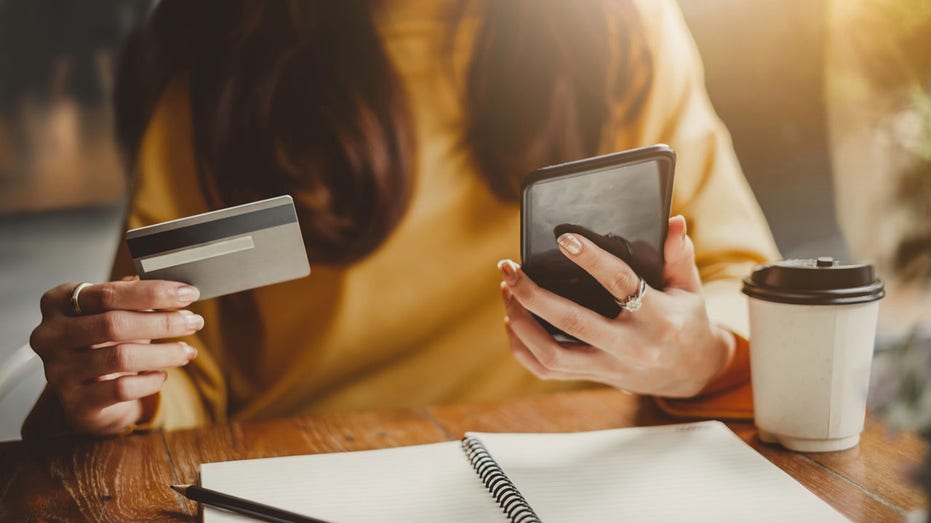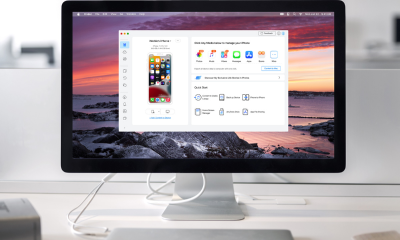Personal Finance
What is ‘cash stuffing’ and how does it work?

The catchy “cash stuffing” trend you may have heard about incorporates some old-school budgetary practices blended with a tangible approach to keep a handle on spending habits.
“Cash stuffing is the current take on the age-old ‘envelope system’ of budgeting – taking cash and stuffing envelopes, or folders, or whatever you want to use, for different categories of spending in your monthly budget,” says Greg McBride, chief financial analyst Bankrate.
Why is it a sound way to keep your budget and spending on track?
McBride says that by resorting to cash only, the aim is to avoid credit card debt altogether by limiting spending to what cash you have allotted for each different expense category.
“Particularly if you’re unsure of where your money goes every month and you’re fighting the battle of credit card debt, the cash stuffing method may get you back on track to living within your means,” McBride tells FOX Business.
HOW TO INSURE YOUR JEWELRY AND WHAT YOU’LL NEED FOR THE PROCESS
Are there benefits to using cash?
The primary benefit to using cash is that you’re not racking up high-cost credit card debt, he says.
“For some people, accounting for their expenses is easier with cash that is specifically set aside for different types of spending than trying to follow the paper trail of debit or credit card spending at month end,” McBride adds.
How can someone set up this system effectively?
If you plan on using envelopes, McBride suggests that you label each envelope with a particular spending category – such as “groceries,” “gasoline” and “dining out” – and put an amount of cash equal to what you’re going to spend in that category for the month.
“As the cash dwindles, you’re likely to become more diligent in managing the remaining cash for the month but once you’ve run out, that’s it,” he continues. “There is some trial and error involved if you don’t already have an outlined budget – you may realize you need to allot more cash to groceries and that means less cash goes into one of the other envelopes.”

What are the drawbacks?
Carrying around cash carries the risk of theft or loss, warns McBride. Also, having access to cash can be tempting to spend if it’s on hand and available.
“You have to make trips to the bank to cash your paycheck or withdraw the cash needed from your account. And you may find that cash burns a hole in your pocket and results in similar overspending,” he says.
HOW TO NEGOTIATE A BETTER COLLEGE FINANCIAL-AID PACKAGE
How can someone force savings with this system?
Kimberly Palmer, personal finance expert at NerdWallet, suggests that one of the envelopes can be labeled “savings,” and you put the cash for savings into this envelope.
“You may want to consider moving the money to an online high-yield savings account because you can potentially earn a higher yield,” she says.

CLICK HERE TO GET THE FOX BUSINESS APP
Pick a method that works for you
Although cash stuffing has some advantages to staying on budget, Palmer says the true merit of a method is that you will follow through with it.
“The best budgeting method for you is the one that you can stick with most easily,” Palmer says. “For some people, that means using cash and envelopes to budget, and for others, it means tracking money with an app or other digital system.”
Read the full article here

-

 Side Hustles5 days ago
Side Hustles5 days agoThe DOJ Reportedly Wants Google to Sell Its Chrome Browser
-

 Side Hustles5 days ago
Side Hustles5 days agoHow to Create a Unique Value Proposition (With Tips & Examples)
-

 Investing4 days ago
Investing4 days agoAre You Missing These Hidden Warning Signs When Hiring?
-

 Investing6 days ago
Investing6 days agoThis Founder Turned a Hangover Cure into Millions
-

 Make Money4 days ago
Make Money4 days ago7 Common Things You Should Never Buy New
-

 Investing4 days ago
Investing4 days agoGoogle faces call from DuckDuckGo for new EU probes into tech rule compliance By Reuters
-

 Passive Income5 days ago
Passive Income5 days agoHow AI Can (and Should) Drive Innovation Across Your Entire Company
-

 Investing5 days ago
Investing5 days agoBarbara Corcoran, Lori Greiner Differ on ‘Quiet Vacationing’


















